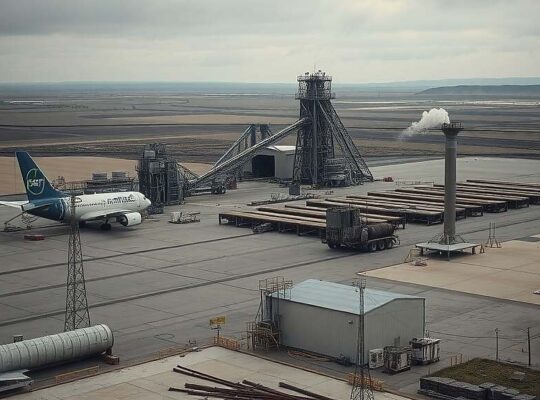Germany’s cherished Christmas markets are bracing for a subtle shift in consumer habits this holiday season as the price of Glühwein, the traditional mulled wine, is expected to rise. According to Peter Rotthaus, Managing Director of the Federal Association of German Wine Cellars, consumers can anticipate a regional increase of up to ten percent. This seemingly minor adjustment carries potentially wider implications for the festive economy and highlights underlying inflationary pressures.
Rotthaus attributed the price escalation primarily to a poor international harvest impacting fruit wines, a key component of Glühwein. However, he emphasized that broader economic factors – including escalating freight costs, packaging expenses, wage demands and soaring energy prices – are also significantly contributing to the rise. The expected retail price per cup on larger markets is projected to hover around €5, a noticeable increase from the previous €4.50.
While acknowledging the regional variability in pricing, the projected increase comes at a time when German households are already grappling with the impacts of heightened inflation across diverse sectors. Consumer sentiment, often a critical indicator of economic health, could be subtly affected by these rising festive costs.
The sheer scale of Glühwein consumption – estimated at approximately 50 million liters annually across Germany’s 2,500+ Christmas markets – underscores its cultural and economic significance. The industry faces a delicate balancing act: maintaining affordability for a vital tradition while navigating the realities of a challenging economic landscape. While the association insists on a moderate increase, the subtle shift in price sends a clear signal of cost pressures permeating even the most embedded cultural practices, potentially influencing consumer behavior and revealing vulnerabilities within the seasonal economy. The opening of the first markets at the end of November will be a litmus test for both vendors and consumers alike.












